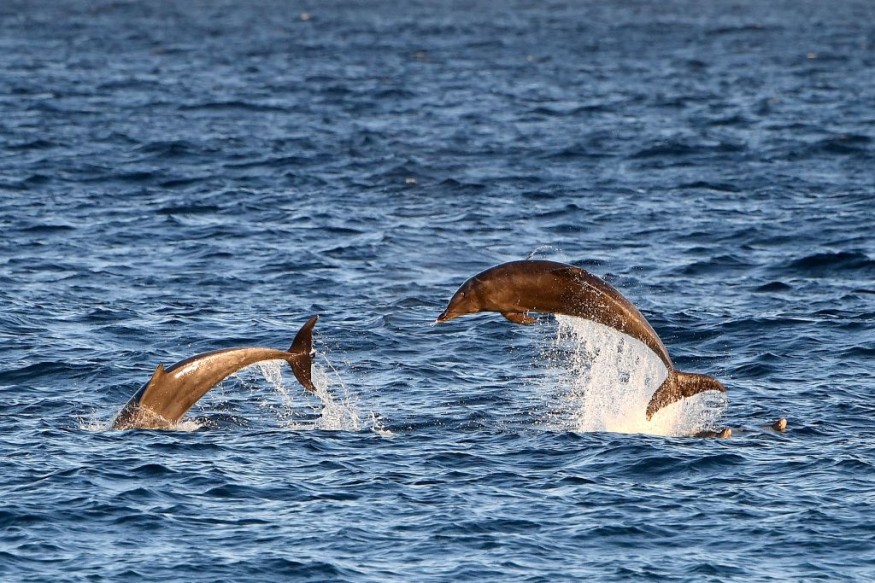Some of the stranded dolphins were found to have high concentrations of PFAS chemicals concentration, according to recent reports. The contamination of said pollutants can have environmental effects on dolphins and other aquatic animals.
Polyfluoroalkyl substances (PFAS) are found in water. They are recognized as long-lasting chemicals that can stay over time. The alarming detection of PFAS in animals and humans can result in significant health effects.
As a result, understanding the effects of PFAS is crucial for the environment and animals. PFAS is commonly seen in manufacturing and consumer products.
According to recent reports, PFAS emergence can cause cancer, and affect the kidney, thyroid and reproductive system. The PFAS reduction is crucial to avoid toxic chemicals entering the world's oceans.
Dolphins Suffer from PFAS Chemicals in Gippsland

The latest study in Science of the Total Environment showed the PFAS hepatic concentrations in dolphins in Southeast Australia, including Victoria, Gippsland and Melbourne.
Experts from the Melbourne University, RMIT and Marine Mammal Foundation raised concerns about the alarming concentration of forever chemicals.
The critically endangered Burrunan dolphins (Tursiops australis) are affected by the said pollutants. The continuous pollutant threat can harm the dwindling numbers of said dolphins.
Alarmingly, the Burrunan dolphins have the highest concentrations of PFAS. Without urgent efforts and monitoring, the species can likely suffer from the brink of extinction.
Unlike other dolphins, the Burrunan is considered small, with a weight of up to 130 kilograms. They are recognizable by their charcoal-colored back and dark gray color, which commonly thrive in estuarine and coastal areas.
However, the Burrunan dolphins have suffered from population decline, including the following threats:
- Fishing gear entanglement
- Habitat loss
- Climate change and warming event
- Vessel strike
- Water pollution
Experts noted the PFAS live concentration for the said stranded dolphins. Scientists discovered that newborn and juvenile dolphins had PFAS contaminants.
Dolphin Facts: The Common Bottlenose Dolphins
The common bottlenose dolphins are also called Tursiops truncatus. They have a length from 6 to 13 feet, weighing up to 1,400 pounds.
They can live up to 60 years and commonly thrive in the following areas:
- West Coast
- Southeast
- Mid-Atlantic
- Pacific Islands
The bottlenose dolphins are mainly threatened by human-related activities and injuries.
According to recent reports, they suffer from chemical contaminants, habitat loss, illegal feeding, oil spills, ocean noise pollution and fishing gear entanglement.
In addition, the said bottlenose dolphins like to consume small fish, crabs, shrimp, squid and other small aquatic animals. When they hunt for potential prey, they use their teeth.
Related Article : Widespread Microplastics Harm Aquatic Species in Rivers in Mediterranean Sea and Atlantic Ocean, Report Warns
For more similar stories, don't forget to follow Nature News.
© 2025 NatureWorldNews.com All rights reserved. Do not reproduce without permission.





